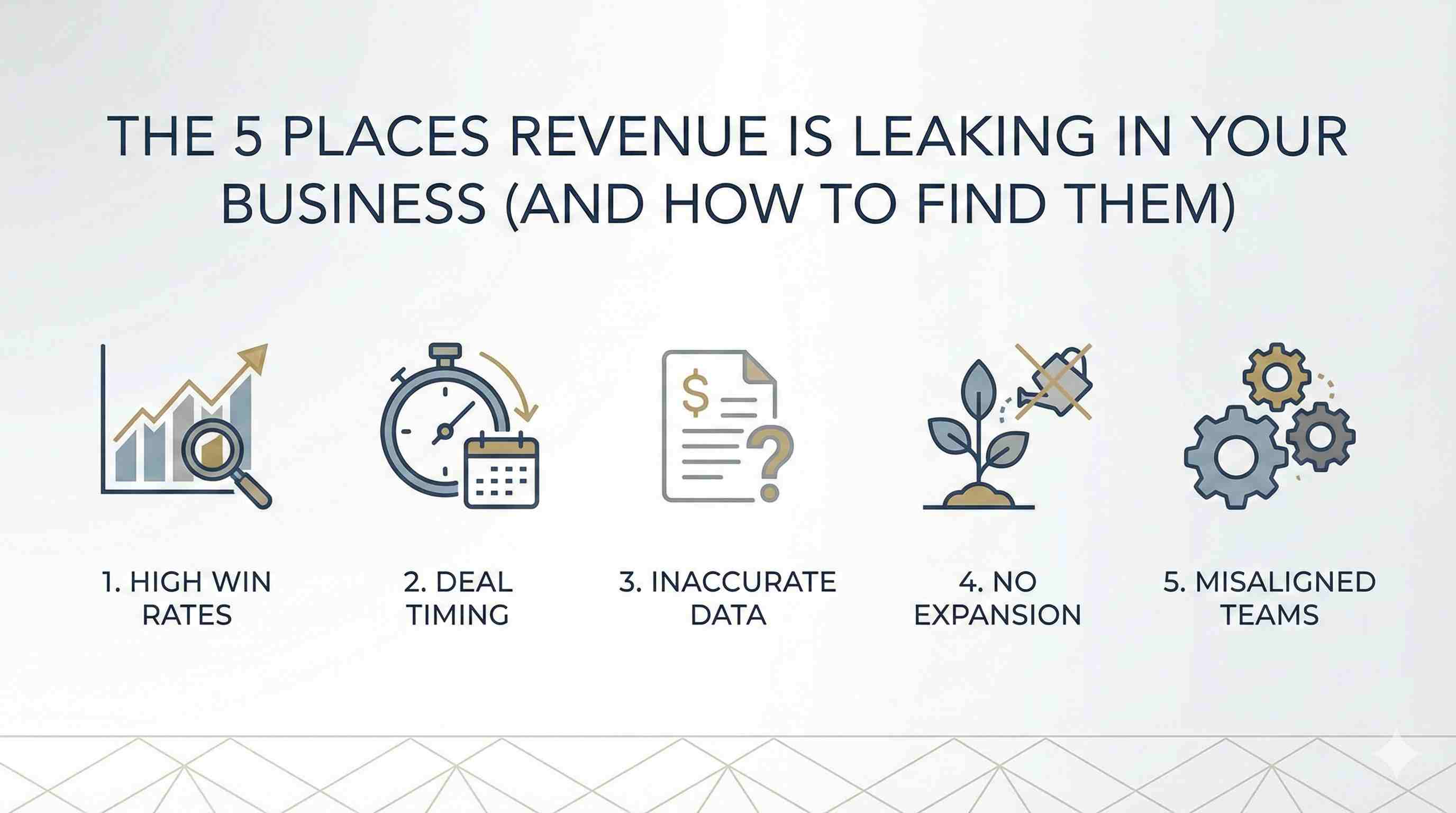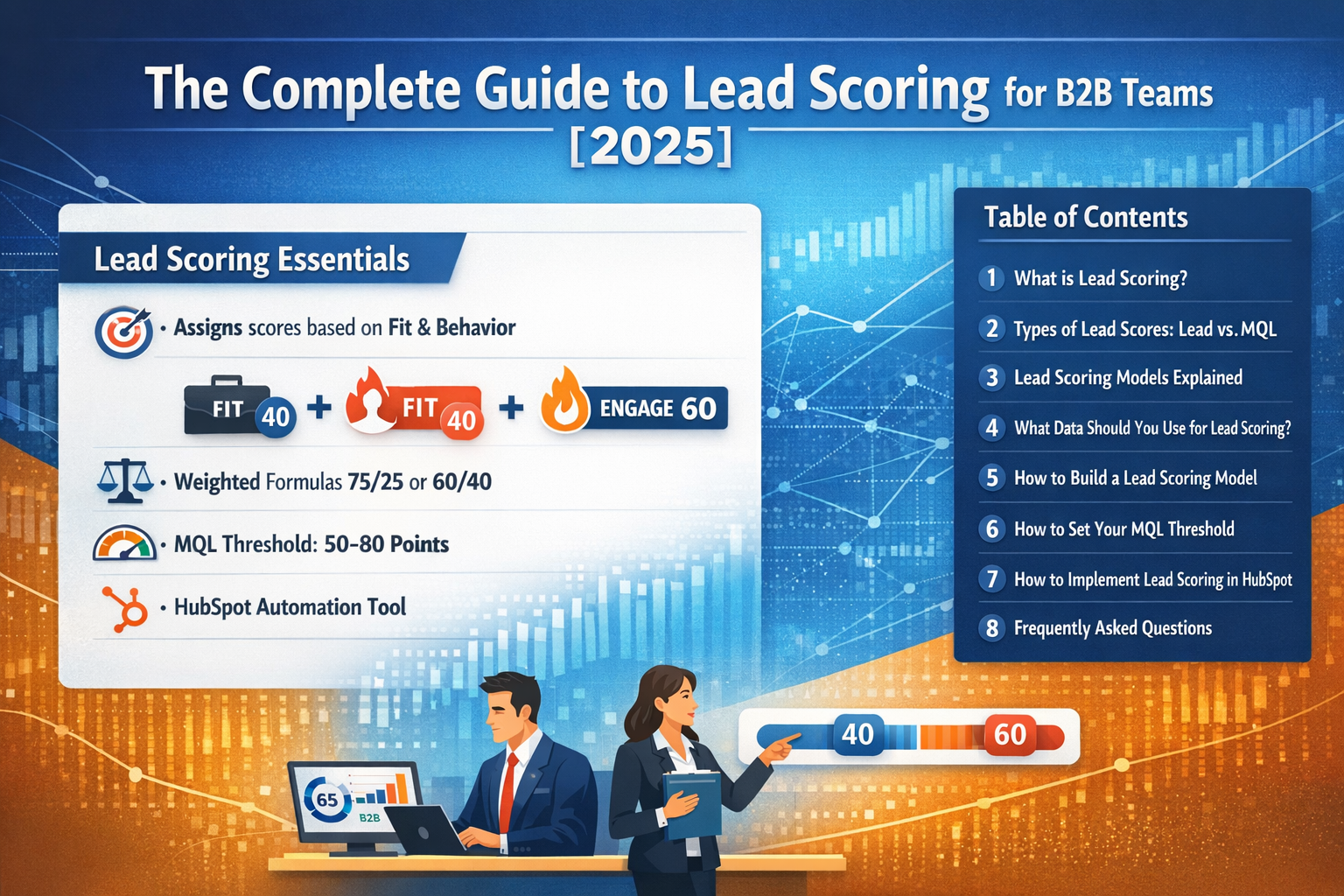
Uncover why SaaS prices are rising and learn strategies to navigate this trend in 'The Rising Tide of SaaS Pricing'
The Phenomenon of Rising SaaS Prices
You've probably noticed a trend recently: the cost of your Software as a Service (SaaS) subscriptions is increasing, and not just by a little. The jump is significant, and it's not an anomaly. SaaS prices are indeed on an upward trajectory, and this movement is expected to continue. But why is this happening, and what can you do about it?
Expanding Capabilities
One major driving force behind the surge in SaaS prices is the ever-expanding capabilities of these platforms. Gone are the days when software solutions were built to solve singular, niche problems. Today's SaaS platforms are much more comprehensive, capable of catering to a wide array of business needs under a single roof.
Consider HubSpot, for example. Previously, you might have needed one software solution like Calendly for scheduling meetings, and another separate tool like HubSpot for managing your Customer Relationship Management (CRM) and marketing efforts. However, as these platforms have evolved and expanded their feature sets, they've begun to incorporate functionalities that were once the domain of other applications. HubSpot now includes calendar scheduling features, eliminating the need for separate tools like Calendly.
This is a logical and progressive trend in the SaaS industry. As these platforms continue to grow and cover more ground, they naturally demand higher prices. The all-in-one convenience they provide has tangible value, saving businesses the time and resources it would take to manage multiple separate subscriptions.
But while this seems reasonable, it does raise an important question for businesses: are you inadvertently paying for the same feature twice across different tools?
Action Tip: Regularly auditing your software tools can help identify any overlapping functionalities you're paying for multiple times. If one platform now covers a feature that you used to get from another subscription, it's likely you don't need the latter anymore. Streamlining your software stack in this way can help offset the impact of rising SaaS costs and ensure you're making the most of the broadening capabilities of your existing tools.
Funding Dynamics and Unit Economics
A larger economic perspective can shed light on the rising cost of SaaS subscriptions. Initially, a lot of SaaS companies were heavily reliant on venture capital (VC) funding. This financial cushion allowed them to operate with what we could call "luxurious" unit economics. Essentially, their revenue and growth rates did not necessarily align with the valuations they received. However, as this VC funding starts to taper off, these companies find themselves at a crossroads.
Operating a SaaS business without substantial funding becomes a balancing act. Without investor money fueling growth and operations, these companies must look elsewhere to remain viable. The most straightforward solution? Increasing subscription prices.
This presents a conundrum for existing customers who, until now, have enjoyed the services at a lower cost. This price hike might feel sudden and unwarranted from a customer's perspective, but it is often the only viable route for the company to maintain healthy unit economics and ensure business continuity.
However, for customers, this is where caution is needed. If a company's financials seem to indicate that its valuation is out of sync with its revenue, growth rate, and operating expenses, it's worth considering if an alternative provider might be a safer bet.
Action Tip: It's important to be proactive in evaluating the financial health of your SaaS providers. While a company's financial statements might not always be readily available, especially in the private sector, don't hesitate to ask about a company's operating expenses, revenue, and the number of customers they serve. This will give you an idea of their financial stability, helping you gauge whether your long-term investment in their platform is likely to remain affordable and sustainable. Investing your time, money, and operations in a software tool only to find it becomes cost-prohibitive due to the provider's financial struggles is a scenario best avoided.
Navigating the SaaS Seas
In this rapidly evolving SaaS landscape, staying afloat requires both a keen eye on your tools' functionalities and an understanding of your software vendors' financial health. While SaaS prices are on the rise, careful navigation can help you avoid sinking under the weight of inflated costs. Stay vigilant, stay informed, and continue to navigate these waters confidently.
You shouldn't have to be a tech expert to understand if you're getting fleeced on SaaS costs. Our team works with hundreds of tools every month.
We see the pricing, contracts, and features of each. Use our knowledge to save 10+% per year on SaaS costs without hurting productivity of your team.
Talk to a SaaS Expert




